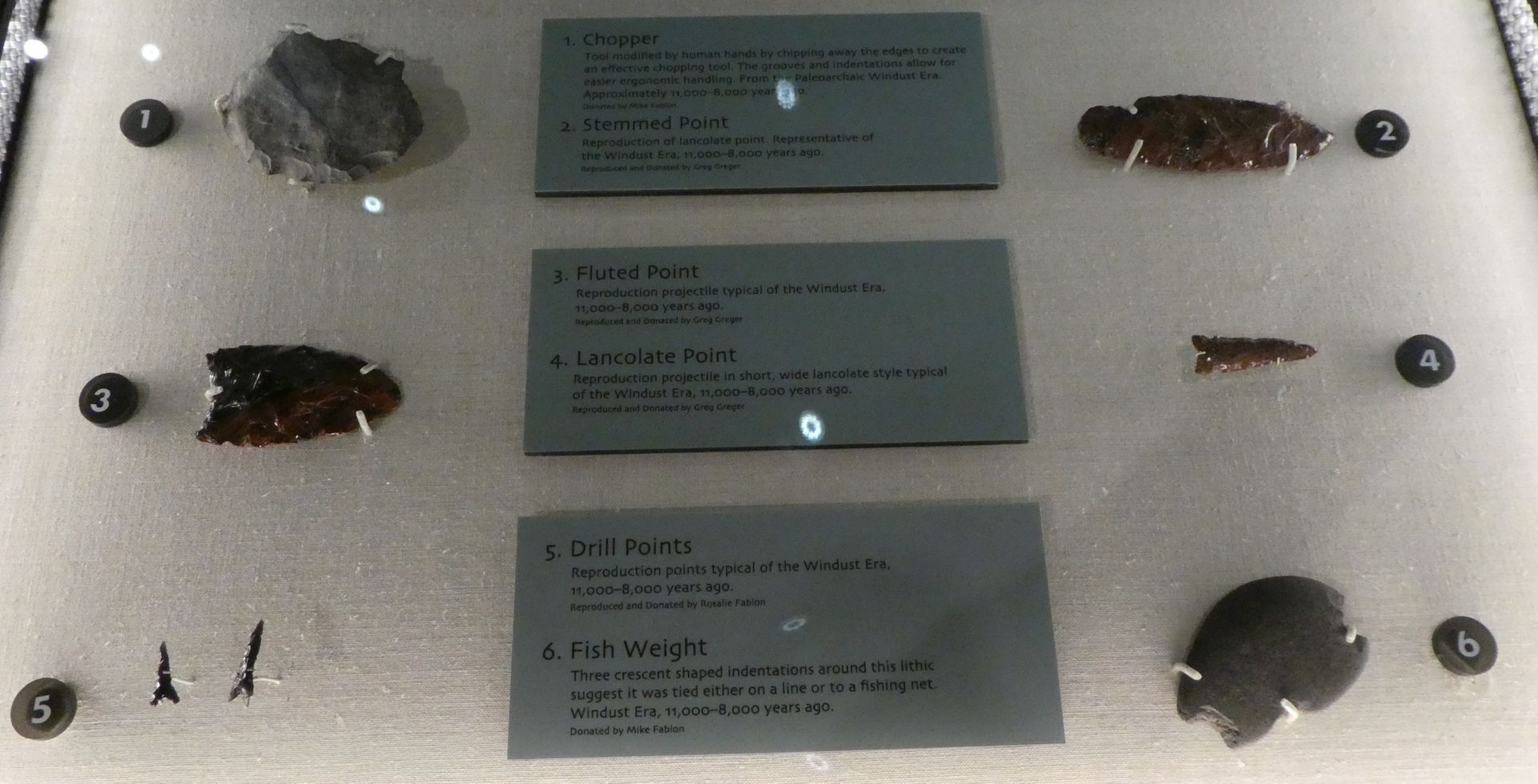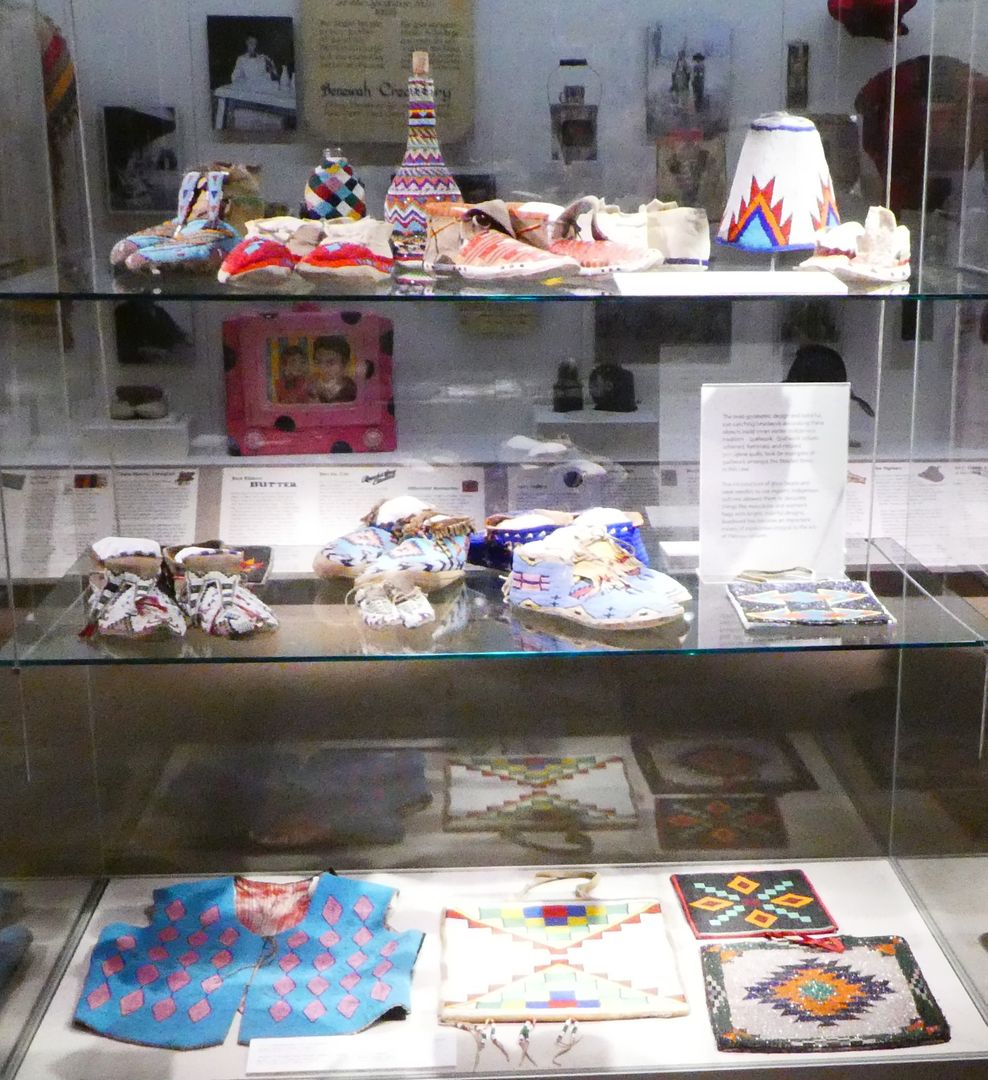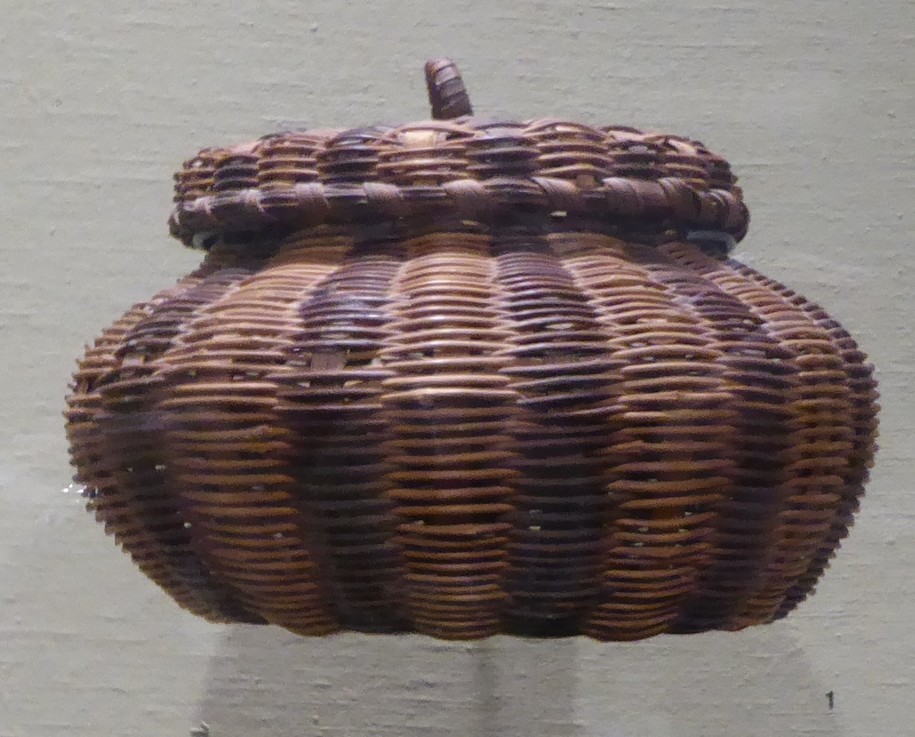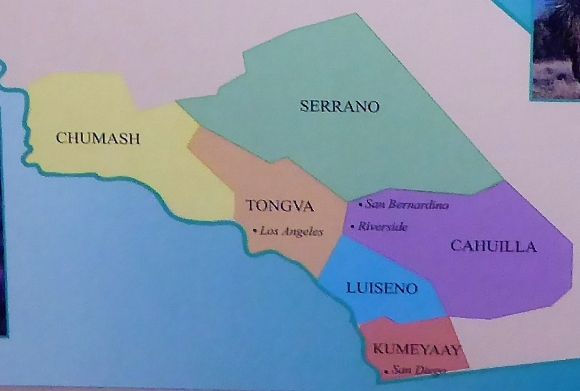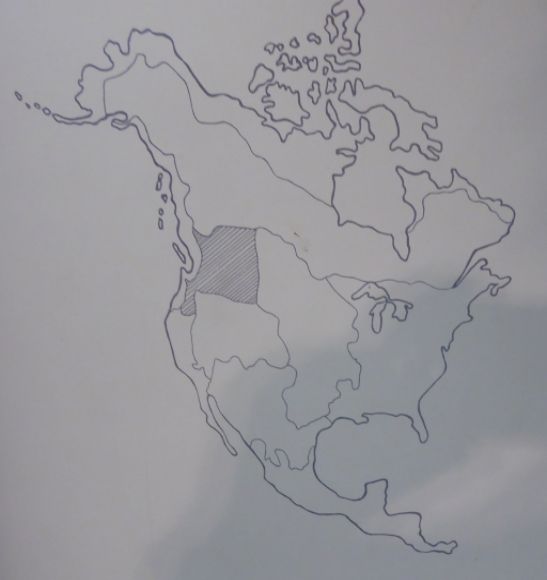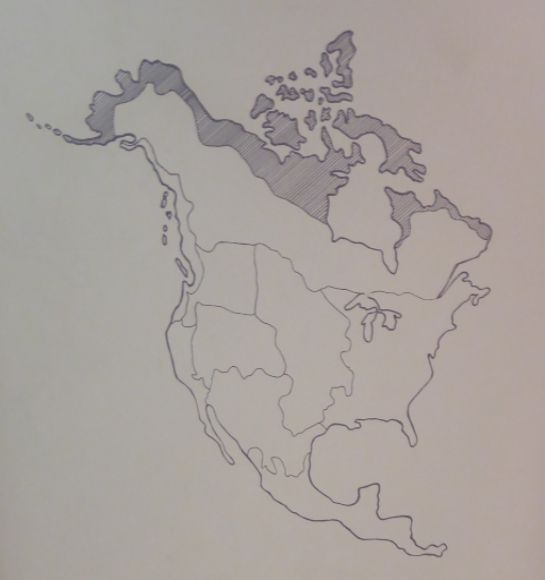Windust Phase Indian Artifacts (Photo Diary)
About 8500 BCE, in the Columbia Plateau region, the Windust phase began to replace Clovis. Clovis spear points, with their characteristic flute, were replaced with leaf-shaped and stemmed points. Archaeologist James Keyser, in his book Indian Rock Art of the Columbia Plateau, writes: “Living in the numerous rock shelters throughout the central Columbia Plateau, and … Continued
